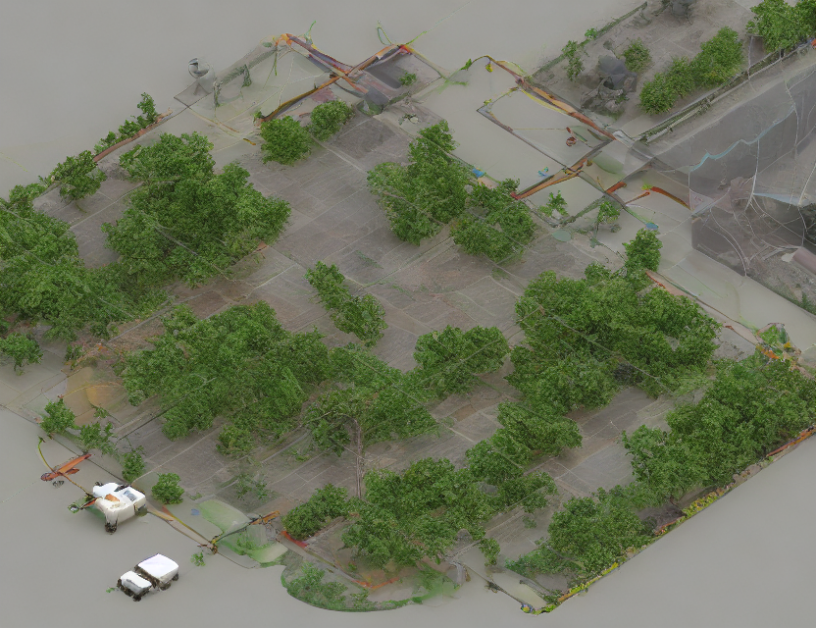In this article, the authors explore the challenges and limitations of modern deep neural networks, particularly those used for computer vision tasks, such as image classification, object detection, and segmentation. These models are highly effective but also computationally expensive, making them difficult to deploy on resource-constrained devices like smartphones or embedded systems.
To address these limitations, the authors propose several approaches to improve the efficiency of neural networks without sacrificing their accuracy. One such approach is called " Width & Depth Pruning," which involves reducing the number of layers and width of a neural network while preserving its accuracy. Another approach is "Knowledge Distillation," which involves transferring the knowledge of a larger, more accurate model to a smaller, more efficient one.
The authors also discuss other techniques like "Autoslim," which automates the process of searching for optimal architectures for different devices and "Slimmable Neural Networks," which can be easily deployed on various hardware configurations. These approaches aim to provide a balance between accuracy and efficiency, enabling neural networks to perform well on diverse hardware platforms.
The article concludes by highlighting the potential applications of these techniques in real-world scenarios, such as autonomous driving, medical imaging, and smart home devices. By improving the efficiency of neural networks, these approaches can enable more widespread adoption of AI technology and make it more accessible to a broader range of industries and applications.
Analogies and Metaphors
To help readers understand complex concepts, I’ll use analogies and metaphors throughout the summary:
- Imagine a neural network as a recipe for making a delicious cake. Just like a recipe needs the right ingredients and proportions to turn out well, a neural network needs the right architecture and weights to make accurate predictions. By pruning or distilling the network, we can simplify the recipe and make it more efficient without sacrificing its taste (accuracy).
- Think of a neural network as a team of athletes competing in a marathon. Each layer is like a runner, and their performance depends on how well they work together. By reducing the number of layers or width of the network, we can optimize the team’s performance and make it more efficient for long-distance running (computation).
- Consider a neural network as a toolkit with various components (layers, weights, biases). Just like a toolkit needs to be organized and optimized for different tasks, a neural network needs its architecture and weights tailored to the specific problem it’s trying to solve. By pruning or distilling the network, we can make it more efficient and effective at handling different tasks.
In summary, this article provides practical solutions to improve the efficiency of neural networks without compromising their accuracy. By using analogies and metaphors, readers can better understand complex concepts and appreciate the potential applications of these techniques in various industries.



